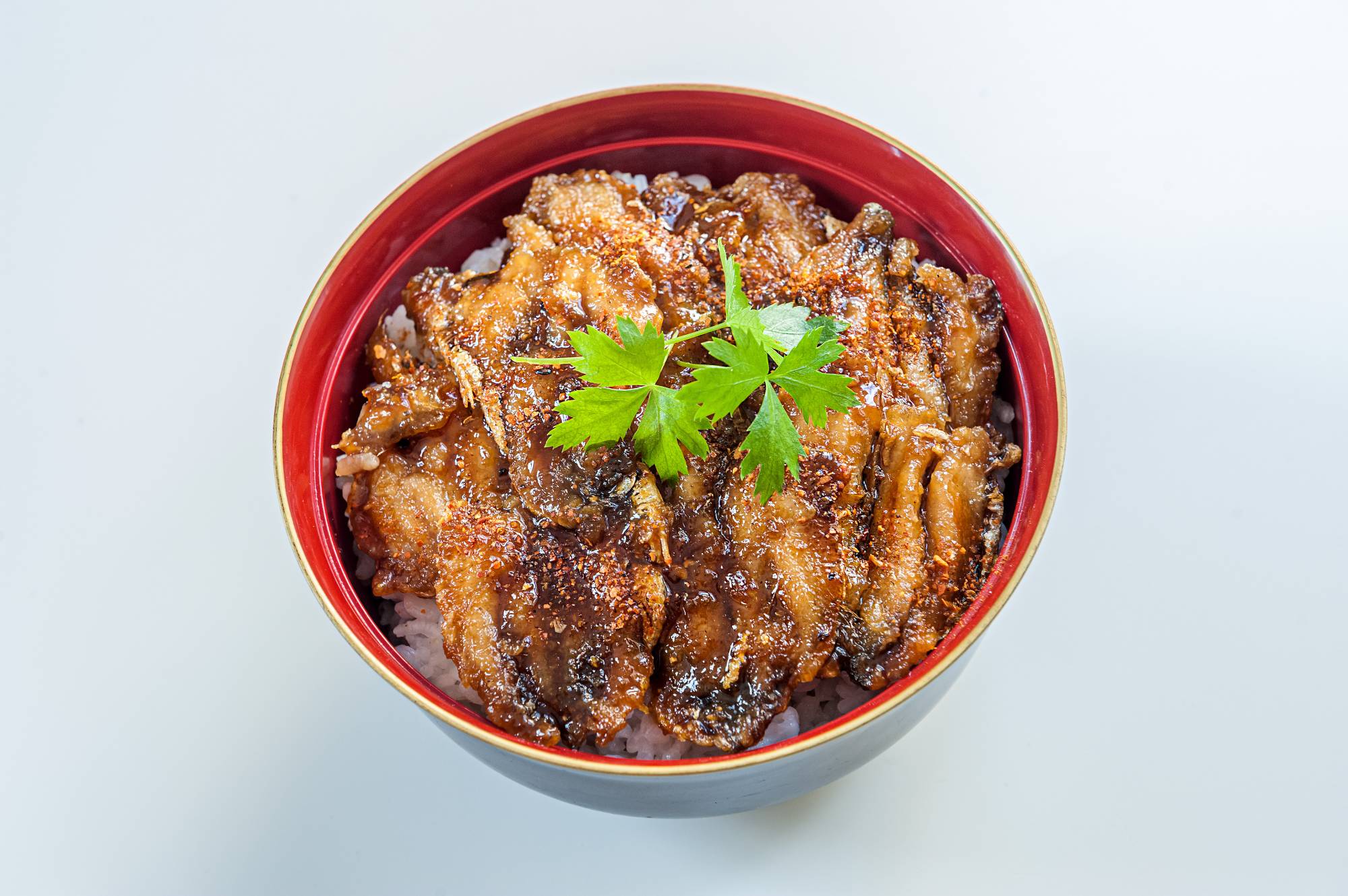Fall in Japan has always been the season for oily fish. They are considered to be at their peak when the waters turn cold and the fish put on fat to prepare for the winter. The Pacific saury (sanma) is so closely associated with this season that the three kanji characters for it mean "fall sword fish."
However, in recent years the Pacific saury catch has been falling precipitously. Last year's numbers were the lowest ever recorded, and the catch this year even worse, as little as 10 percent of 2019’s numbers during the same period. The mackerel catch, too, has been very low. One big reason is the rising temperature of the seas around Japan and worldwide, a consequence of the climate crisis.
The sardine (called iwashi or ma-iwashi in Japanese) is one oily fish that is still available and relatively affordable — although it, too, has been adversely affected by rising sea temperatures. Although it's often been considered an afterthought in the culinary fish world (the kanji character for it means "weak fish") because of its modest size and — until recently — low price, the humble sardine is as healthy as other oily fish, if not more so. It's packed with heart-healthy unsaturated fats called omega-3 fatty acids and, depending on the cooking method, the tiny bones can be eaten quite readily. And thanks to its undetectable to very low levels of mercury, it’s also considered to be a “safe fish.”



